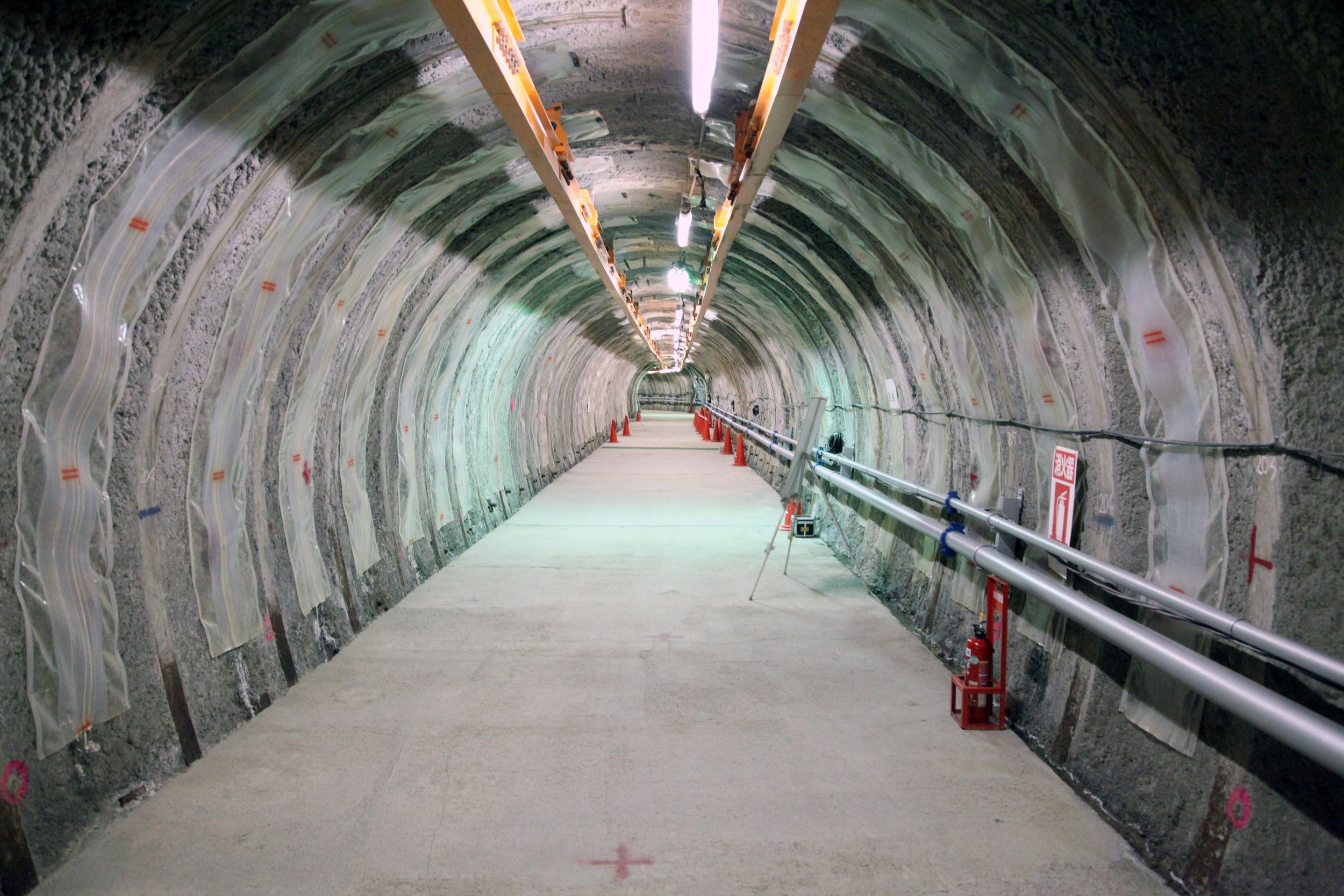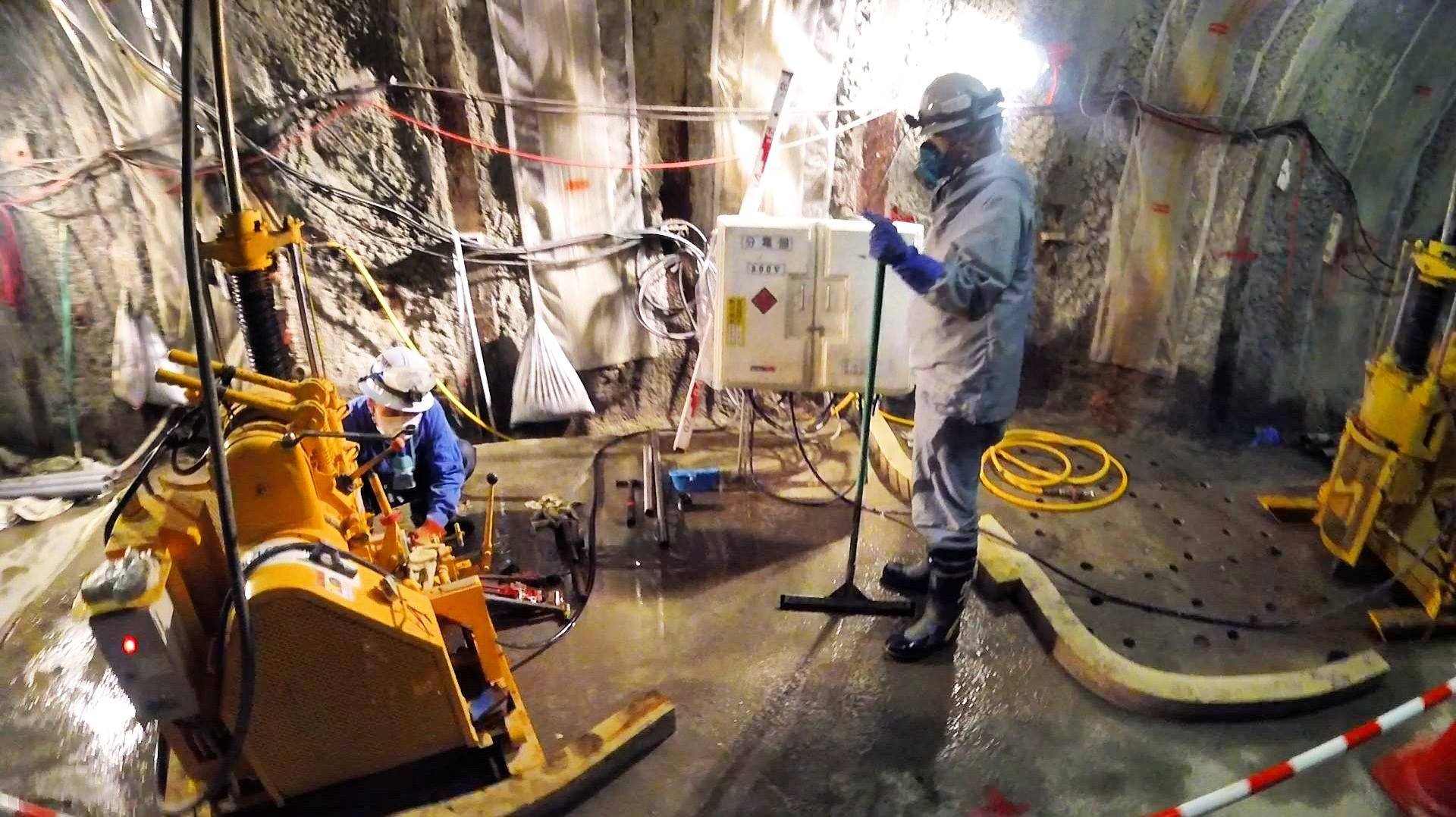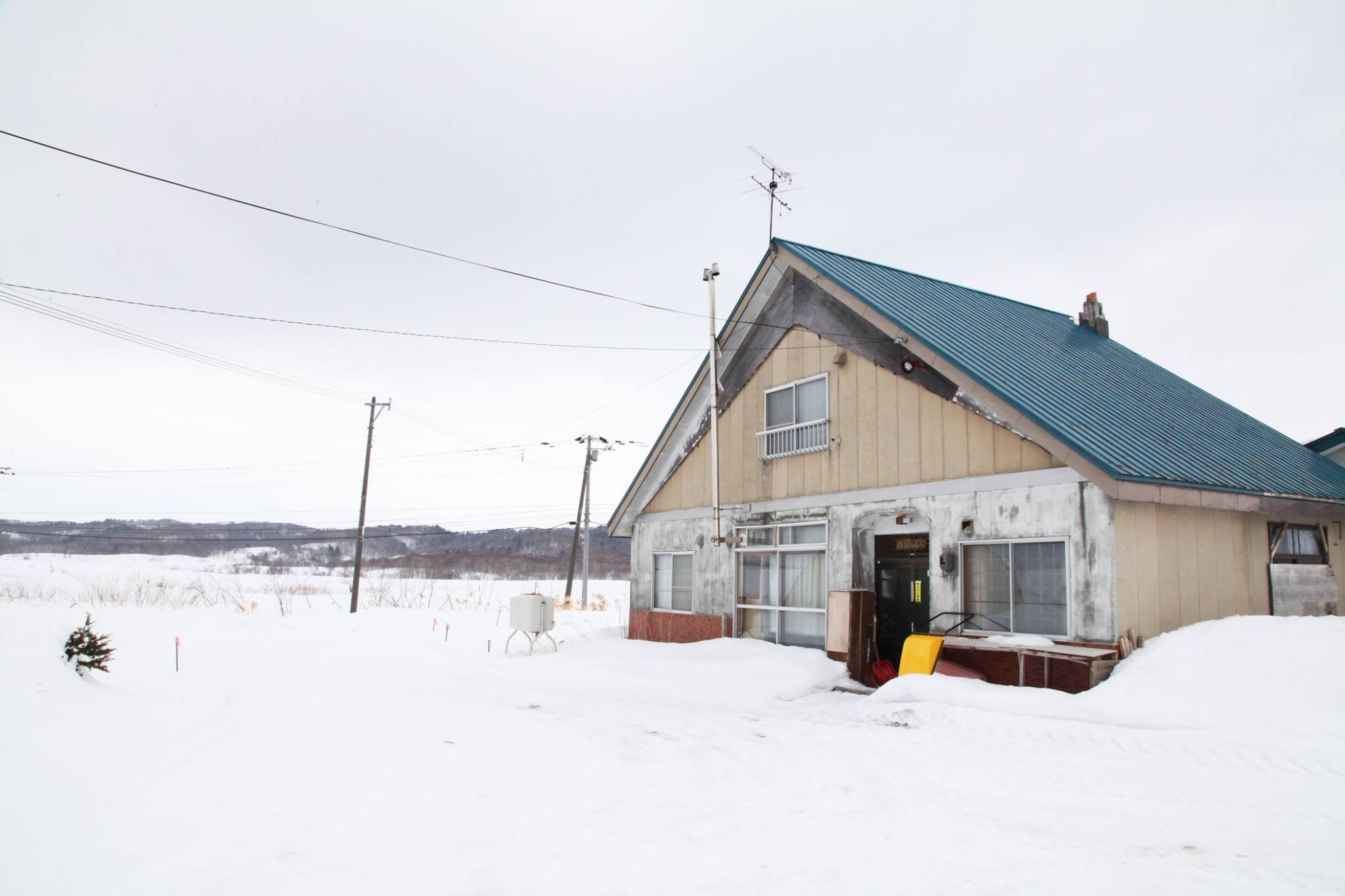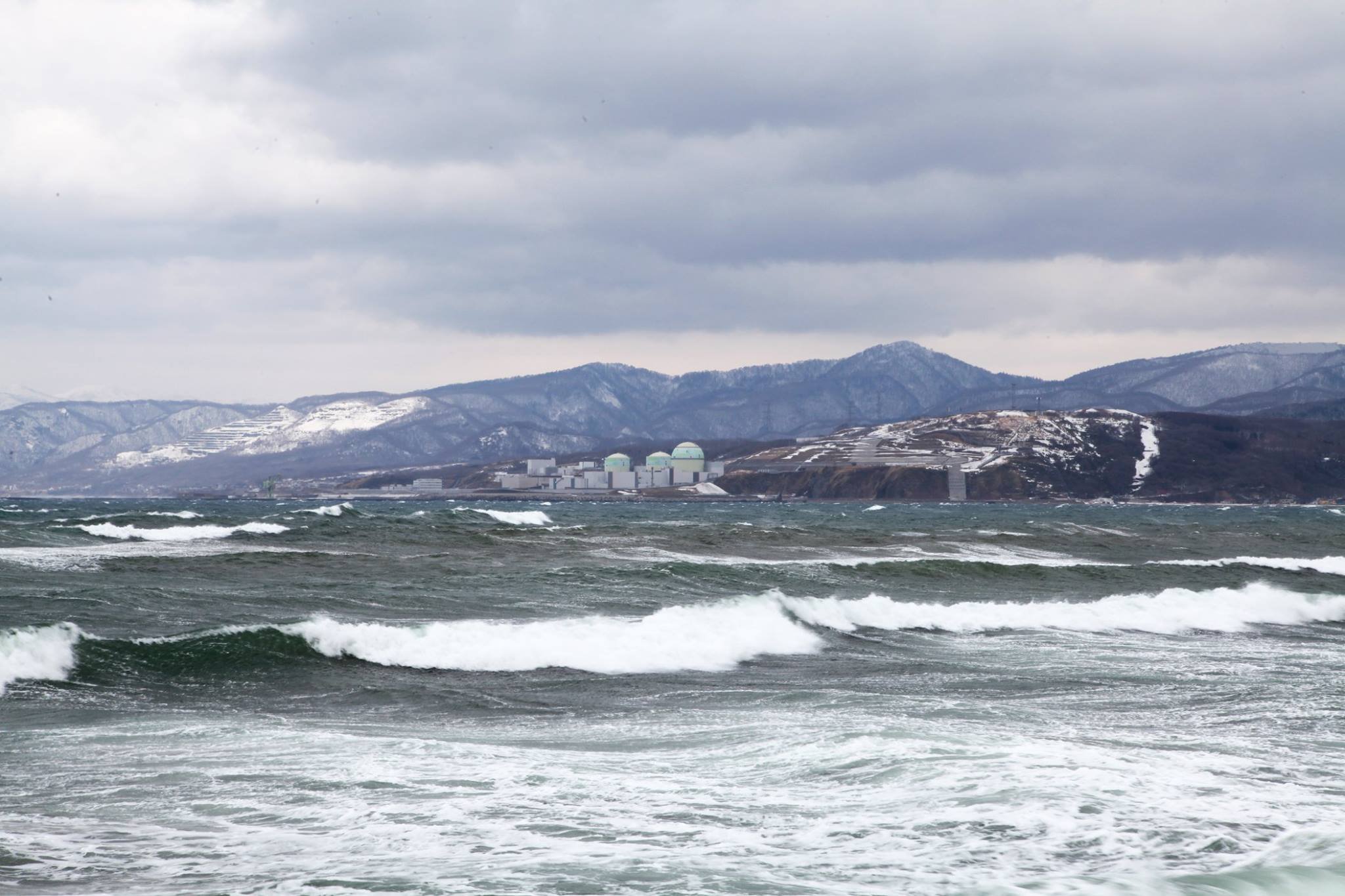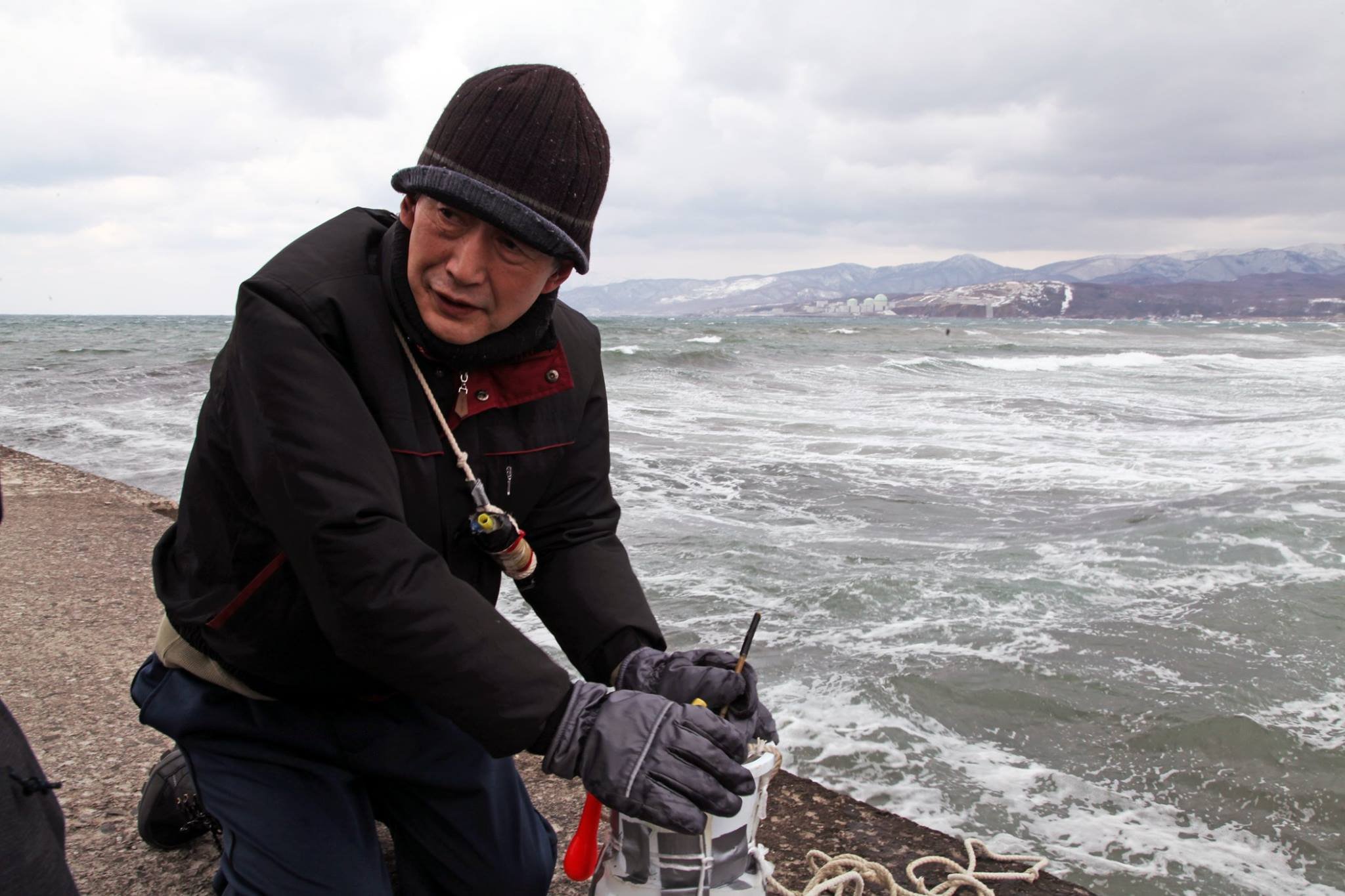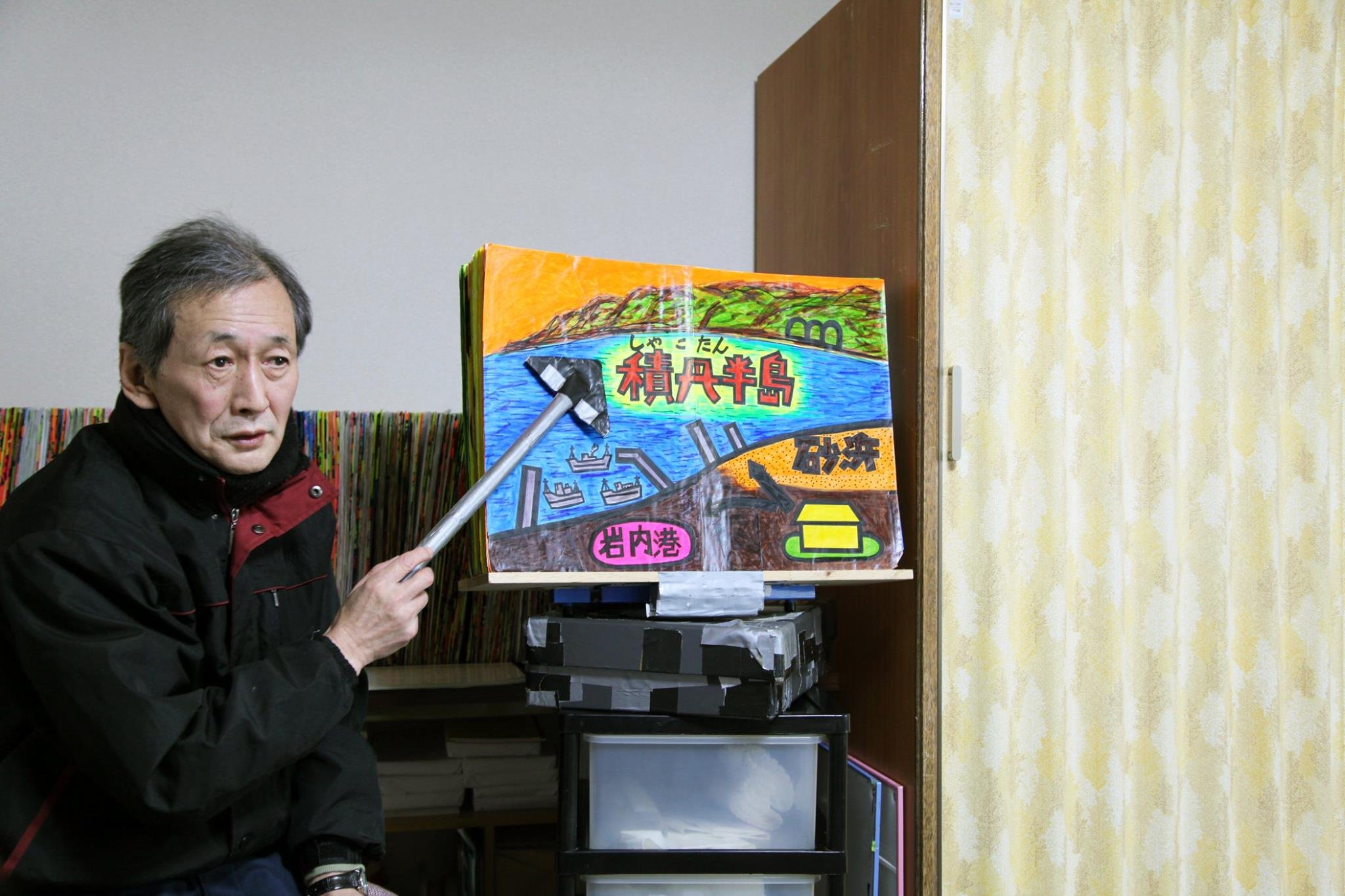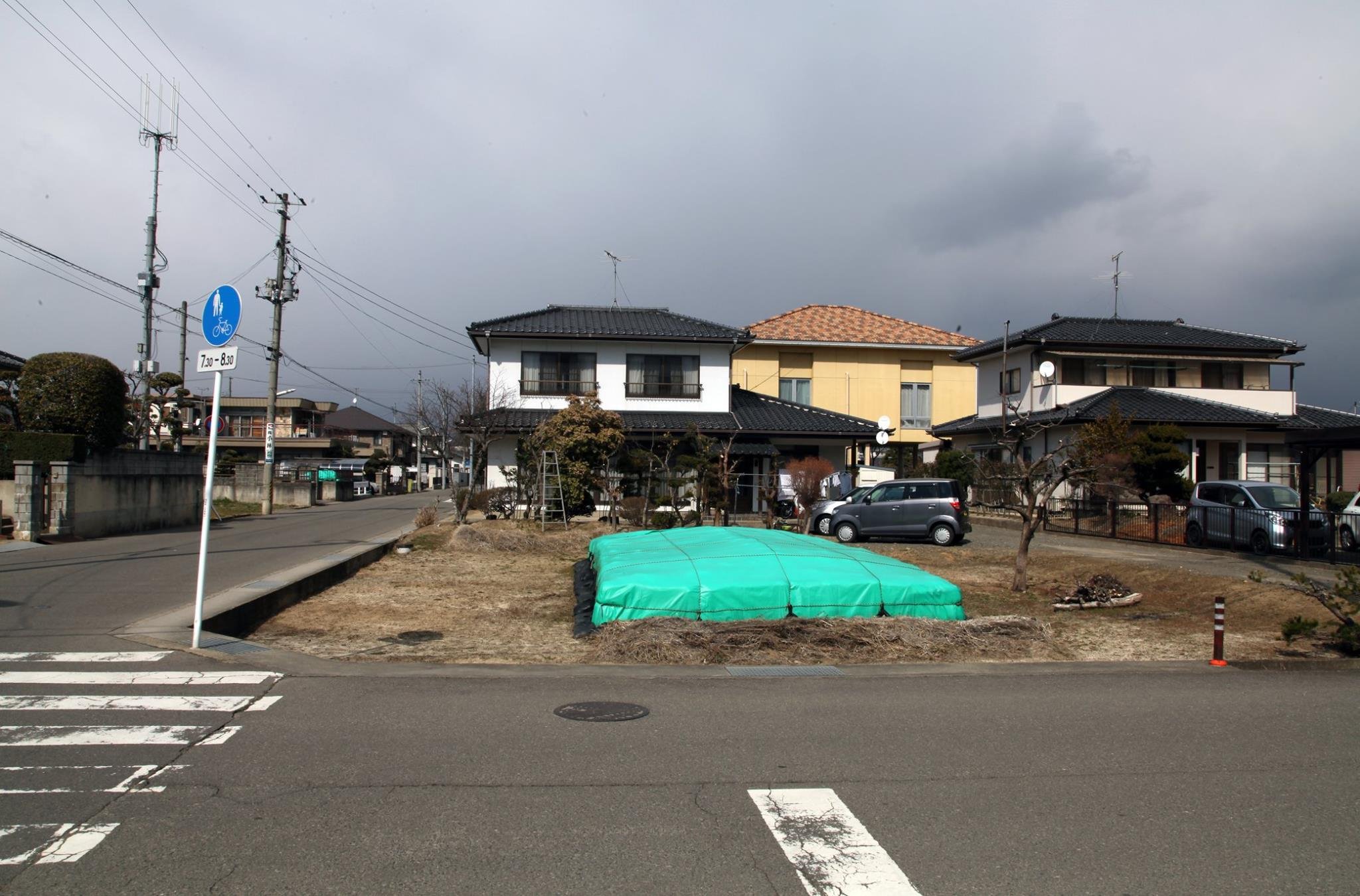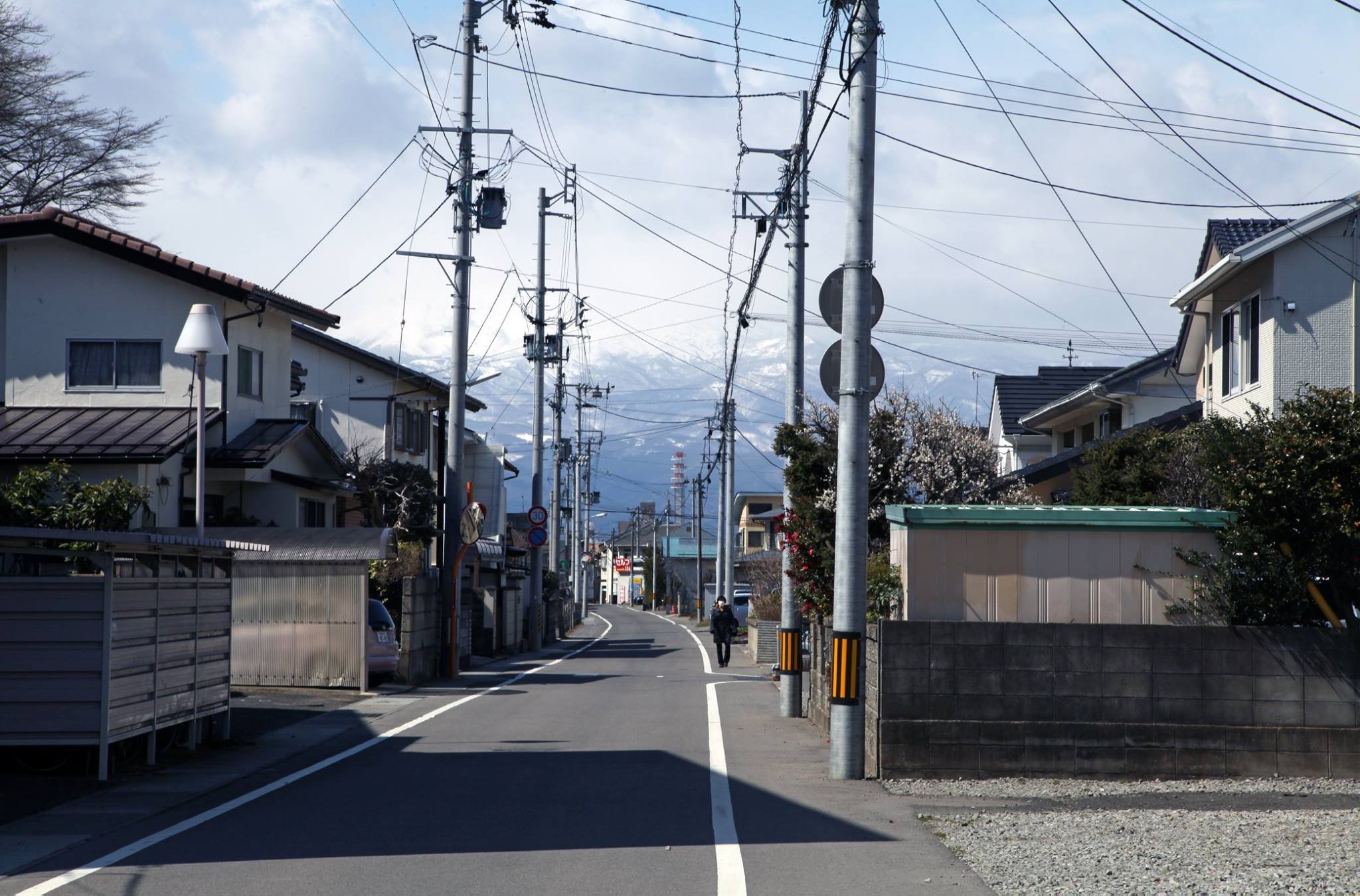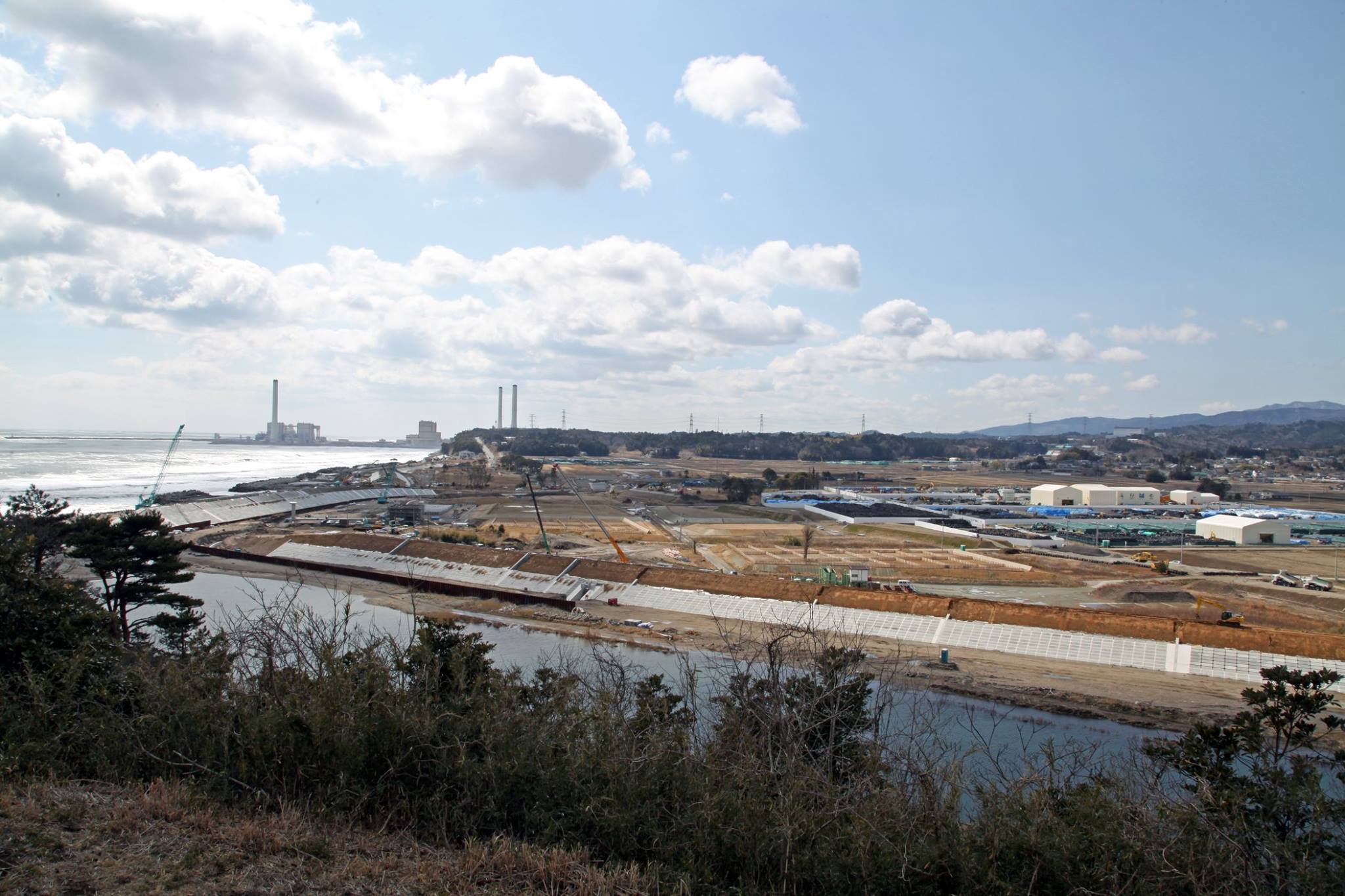Nuclear Research Residency, S-Air and Arts Catalyst Exchange Programme
In February to March 2017, myself and James Ravinet were nominated by curators Ele Carpenter and Kyoko Tachibana to undertake a 5-week residency in the city of Sapporo, Japan, as part of an exchange programme between organisations S-Air and Arts Cataylst.
The following is a statement that accompanied a presentation of our research at Sapporo Tenjinyama Art Studio following the conclusion of our residency in March 2017:
During our time at Tenjinyama we have started to collate a body of research around Japan’s relationship to nuclear power, through meetings and interviews as well as study trips. These have included going to Toyotomi to meet dairy farmer and nuclear activist Kuse Shigetsugu; the Horonobe Underground Research Centre; Tomari Nuclear Power Station; meetings with the Group for Decommissioning the Tomari NPP; Takeichi Saito, who has been measuring the temperature of the sea around Iwanai for 40 years to monitor the thermal discharge from Tomari NPP; and Arai Hiroaki, to learn about his book sharing initiative and involvement with libraries around the areas impacted by the Fukushima disaster of March 2011. At the end of our stay we will also go to Fukushima prefecture with artists Kota Takeuchi and Shuji Akagi.
Visitor centres are one key method used by the nuclear industry to show information in relation to what they do and the facilities they build. In this context the production of nuclear power seems to be a rather benign pursuit, the imagery used and the forms of display attempt to ‘soften’ the image of the nuclear and persuade local communities that the presence of these power stations are beneficial for them as well as everyone else. There never seems to be any mention of long-term issues, nor detailed plans around the responsibilities or consequences around nuclear waste and the inevitability that this will be passed down from generation to generation.
With the logic of the visitor centre in mind we have sought to question or consider this mode of display as well as the information that is selected to be shown within this context. We argue that the way in which the nuclear is represented and experienced in these spaces should be contested and questioned. Therefore we have brought together documentation from our time here, materials we have come across and that which has been shared with us on the various meetings that have been conducted.
The gallery is used as a space to begin to interrogate the current ways in which the nuclear is presented. In doing so it creates a space that hopes to stimulate thinking around and reactions to the implications of a society dependent on nuclear power and the predicaments this presents in relation to the disposal of its waste. It allows for a multiplicity of voices that contribute to the discourses around this energy production method, how it is perceived and understood and what the future is for the legacy of the spent fuel it leaves behind.
天神山での滞在中に私たちは施設の視察はもちろん、いろんな人とお会いしインタビューすることで日本と原子力の関係性について一連の調査を照合し始めました。この調査は、幌延町の酪農家・反原発活動家である久世重嗣さん、幌延深地層研究センター見学、泊発電所見学、泊発電所の廃炉を目指す会の方々、泊原発からの温排水を監視するために40年間岩内の海水温度を測り続けている斎藤武一さん、2011年の福島での事故によって被害があったブックシェアリングや図書館に関する取り組みを教えてくれた荒井宏明さん、との出会いを含みます。滞在の終わりには竹内公太さん、赤城修司さんと福島県にも行きます。
ビジターセンターは原子力産業の役割や発電所に関する情報を示す重要な役割をしています。ビジターセンターでは、原子力で生み出されるものは、むしろ良質な利益であるように見え、そこで使われているイメージや展示の方法は原子力に対するイメージを「和らげ」ようとし、原発の近隣地域社会に、原発施設があることは、他のみんなと同じように地域社会にとって利益のあることだ、と説得しているようです。長期間にわたる問題について、核廃棄物についての詳細な計画や責任、もたらされる結果、これが後世に残されるのは不可避であること、などに言及することは決してないようです。
ビジターセンターのロジックを心に留めて、この展示のやり方とこの状況で展示されるべき選ばれた情報に疑問を投げかけ、考察しようと努めてきました。このような場所で描写される核は異議を唱えられるべきで、疑問に思うべきだと提唱します。その結果として、私たちはここで現在の文献や、いろんな人との出会いの中で手に入れた資料の照合をまとめてきました。
展示する場所は現代の核の表現方法を知るきっかけの場所として使われます。そうすることで、社会が原子力に依存していることの言外の意味や核廃棄に関する現在の窮状について考え、反応する空間を生み出します。残された消費済み燃料の遺産のために将来どうあるべきか、どのように認識し理解するべきか、このエネルギー生産方法を議論するために多様な意見をもたらします。
Warren Harper and James Ravinet, 2017.
Image: Installation view, Sapporo Tenjinyama Art Studio, March 2017.
A sample of images taken during research trips conducted during the residency in Iwanai, Fukushima and Horonobe.

